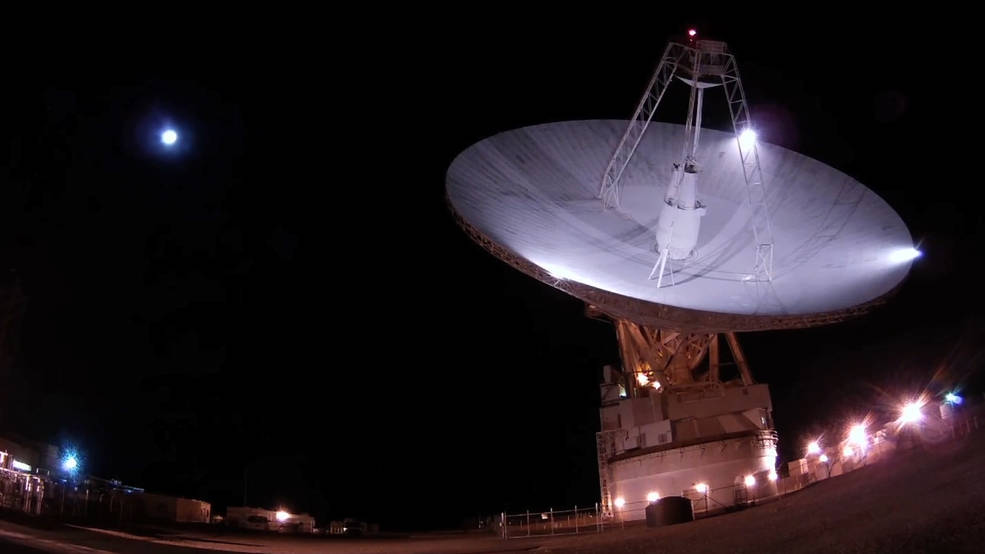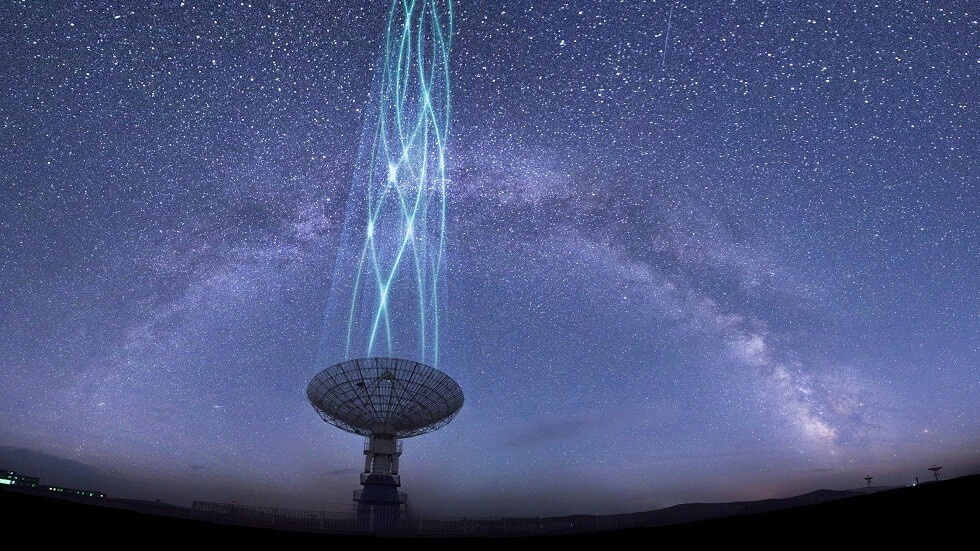Astronomers have picked up eight mysterious radio signals from outer space

Astronomers have picked up eight mysterious radio signals thanks to a new AI-trained algorithm that they hope will simplify the search for aliens.
According to scientists, the messages sent from alien civilizations may be of much more advanced technology than ours.
The team led by Peter Ma, a student at the University of Toronto, made the exciting discovery of transient radio signals that were not noticeable in previous scans of the data, after using the new algorithm equipped with the latest artificial intelligence techniques.
The algorithm examined 820 stars in regions of space previously thought to be free of potential extraterrestrial activity.
The eight signals were found in regions around five "nearby" stars, 30 to 90 light-years away.

The references had been "hiding in plain sight" among a myriad of recordings for more than six years.
An international team has developed a computer algorithm to analyze an unimaginably large amount of information in greater detail.
"In all, we searched 150 terabytes of data for 820 nearby stars," said lead author Peter Ma. The dataset was previously searched in 2017 using classical techniques, but was classified as devoid of signals of interest.
The data was collected by the Green Bank Telescope in West Virginia, part of the Breakthrough Listen project that aims to identify additional terrestrial activity.
No "targets of interest" were originally identified, but the new technology, which works similarly to the human brain and nervous system, has found that this is far from the case.
Manual re-examination confirmed that the results shared several key characteristics.

The signals were narrowband, which means they had a small spectral width of just a few hertz. And natural phenomena tend to be broadband.
Moreover, the readings, which were published in the journal Nature Astronomy, were "tilted", indicating acceleration.
It also appeared only when the artifact was focused on a specific heavenly source, and disappeared when it was pointed away.
The radio band is a great way to send information between the stars. It passes through dust and gas at the speed of light, 20,000 times faster than our best rockets.
Many of SETI's efforts use antennas to eavesdrop on any signals extraterrestrial aliens might be sending.
Co-author Dr Sherry Ng, from the French National Center for Scientific Research in Paris, said: “These results demonstrate in great measure the power of applying modern machine learning and computer vision methods to data challenges in astronomy, leading to new discoveries and higher performance.
"The large-scale application of these technologies will be transformative for radio signature science," he added.
Source : websites

